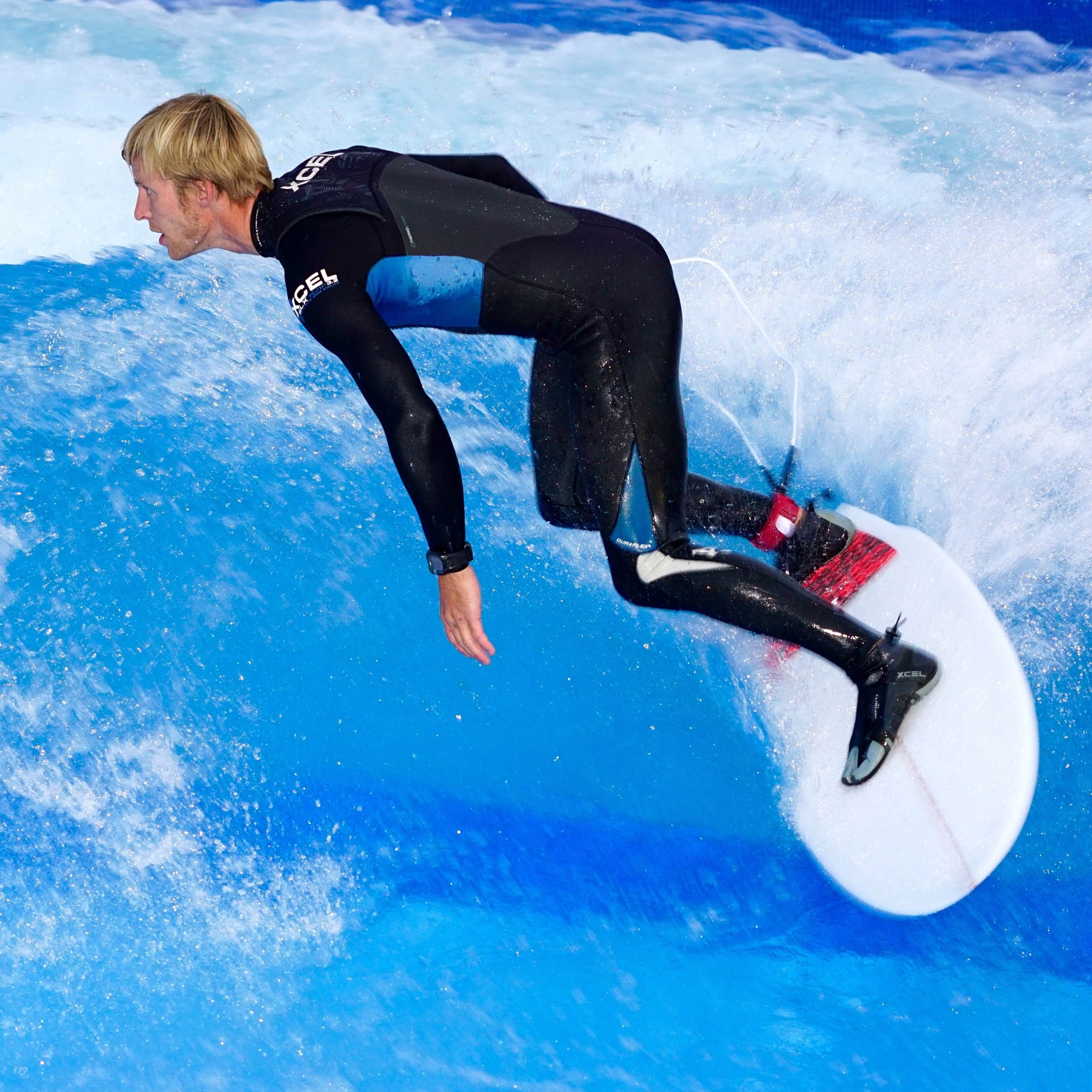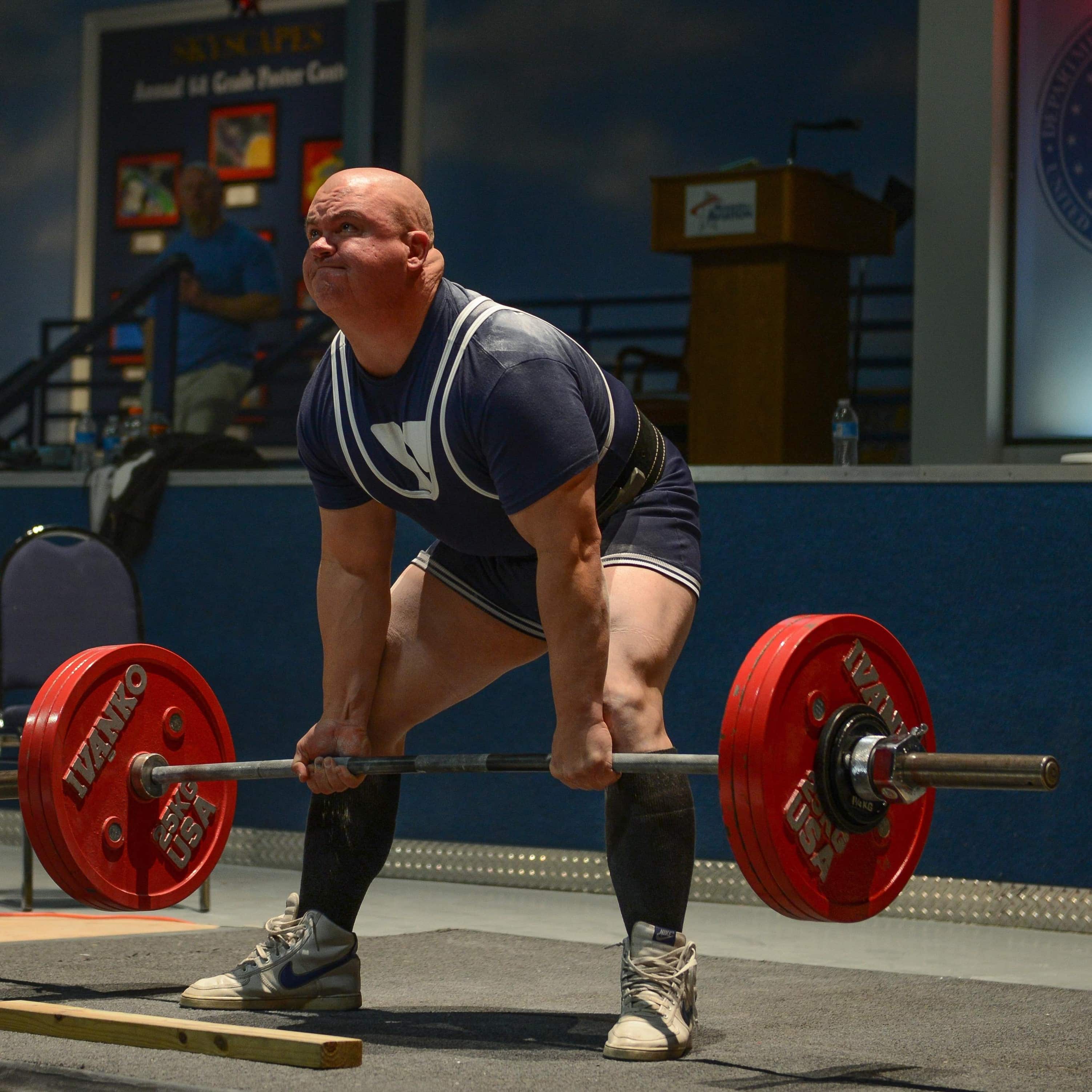
5 Fitness Myths That Won’t Go Away
You have surely heard some of them before – there is something special about them – they simply won’t go away. If you’re new to dieting, it’s easy to fall for the myths. Fitness myths can make achieving

You have surely heard some of them before – there is something special about them – they simply won’t go away. If you’re new to dieting, it’s easy to fall for the myths. Fitness myths can make achieving

Is there a way to reduce muscle soreness? Most people experience muscle soreness following unaccustomed eccentric exercise. The eccentric muscle contractions cause damage to muscle fibers triggering a chain of events that produce delayed-onset muscle soreness (DOMS), loss

The idea that you should train while fasting is quite controversial. There are studies both “for” and “against” the idea that this is fasted training is good for body composition. There are many aspects, which should be considered:

THE 10 000 HOUR RULE TO MASTERY IS A MYTH Twenty years ago, Ericsson, Krampe, and Tesch-Römer (1993) proposed that expert performance reflects a long period of deliberate practice rather than innate ability, or “talent”. Ericsson et al.

Iron deficiency could be limiting your workouts Iron deficiency is the most common nutritional deficiency in the world today. Iron forms a vital part of the protein hemoglobin, carrying oxygen in our blood. Iron deficiency can lower hemoglobin

Make sure your training is transferable: Intramuscular coordination & skill is key The last and arguably the most important aspect of power development is intramuscular coordination and skill. Intramuscular coordination and skill is what allows explosive power to

Train your rate of force development. It is its own quality. Rate of force development is calculated by the amount of force one can produce divided by the time it takes to produce that force. If you have

Use the stretch shortening cycle: an active stretch followed by immediate contraction The stretch shortening cycle (SSC) involves the utilization of stored energy and increased muscular force via the facilitation of neural pathways and retained elastic energy from

Train high velocity strength using sub-maximal loads with maximal intent High velocity Strength refers to movements that are done with sub maximal loads with maximal intent. Many coaches have been noted using accommodating resistance (by, for instance bands

5 pillars of explosive power: Part 1: Train slow velocity strength with heavy strength training near maximal effort As noted by Kraemer and Newton, slow velocity training is an aspect of explosive power development. Despite the fact that